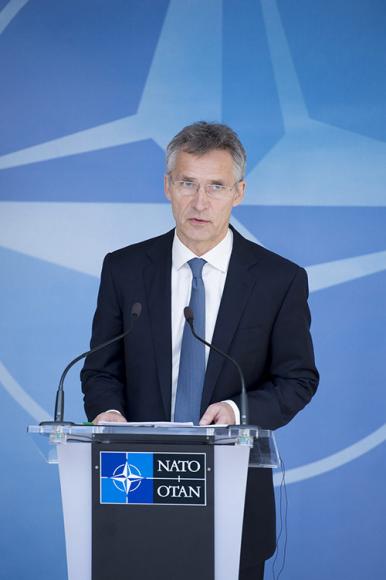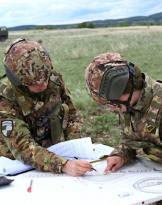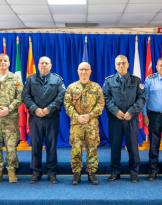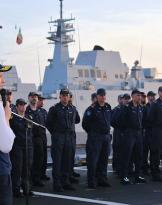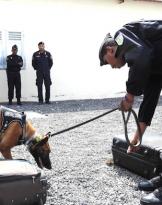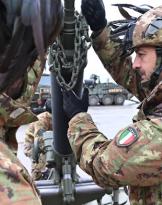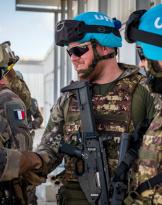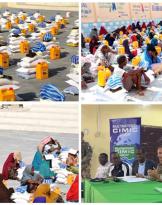A preparatory meeting for defense ministers in Brussels ahead of the NATO summit in Warsaw on 9 and 10 July. Important decisions were discussed, which see on the one hand the strengthening of the presence of the Alliance along the eastern borders, on the other the increase in surveillance activities south of the continent through the Awacs system - Airbone warning and control system. Among the objectives to face threats from various directions, to consolidate collective defense and cooperation with partner countries.
NATO's decisions include strengthening its presence in Eastern Europe by deploying four robust multinational battalions in Estonia, Latvia, Lithuania and Poland, due to the new tension between the West and Russia.
Secretary General Jens Stoltenberg said that "NATO will continue to protect and defend all allies against threats from any direction. We do not want a new Cold War, we will keep a channel of political dialogue open to try to manage relations with Russia in the best possible way, as well as military assets to avoid accidents, such as that of the shooting down of the Russian plane in Turkey". He also spoke of Turkey in response to Italy's deployment of a battery of SAMP / T surface-to-air missiles as part of the "Active Fence" operation, a commitment undertaken by NATO to respond to Ankara's request for help for the "protection of airspace from the risk of trespassing from Syria". Deployment Stoltenberg himself welcomed: "a sign of solidarity between the Allied countries. The Italian presence will increase the efforts and security measures already implemented in Turkey, with Awacs surveillance aircraft, PATRIOT Spanish batteries and naval presence in the eastern Mediterranean".
The Italian presence in Turkey raised doubts and doubts, especially at a time when involvement in the confrontation between Ankara and the Damascus / Moscow axis is high.
Since January 26, 2013, NATO has increased Turkey's air defense capability. Five allies have joined the operation: Germany, Italy, Spain, the Netherlands and the United States. Currently the command of the mission is held by the Ramstein Air Command (GER) and the assigned assets can be used exclusively for missile defense activities, and not for the imposition of a no-fly zone. As for the areas, the Allies agreed on the areas to be occupied following a dedicated military assessment and in collaboration with Turkey, the host nation, and in close coordination with NATO. Spain is currently located in the city of Adana and Italy in that of Kahramanmaras.
The missile batteries used are the Spanish (PATRIOT) and Italian (SAMP / T) ones. PATRIOT, acronym for Phased Array Tracking to Intercept Of Target, is a surface-to-air guided missile for tactical defense of a point. Short response time, ability to simultaneously hit multiple targets, good mobility on the ground and ability to resist electronic disturbances are among the features that distinguish it.
The SAMP / T, acronym for Sol-Air Movenne Portee Terrestrial, is a latest generation surface-to-air missile system effective against high-speed threats such as tactical ballistic missiles, cruise missiles, fighter planes and unmanned aerial combat vehicles. It is characterized by a high degree of tactical and strategic mobility as it can be transported by air, land and rail. Aster 30 SAMP / T is able to intercept targets at altitudes ranging from 50 meters to 15 kilometers. Against air targets the maximum range of the ASTER 30 is over 100 kilometers.
As in any NATO mission, the basic principle is that each nation pays the costs for its participation. Turkey as a host nation provides adequate support - such as housing and electricity. And to the controversy over costs and cuts in military spending, given that Italy is also the country that spends the least, Stoltenberg replied "I addressed this issue with Prime Minister Renzi in our recent meeting in Rome and I expect from him, as well as from all the allies, that the promise to stop cuts in defense spending, indeed to increase and spend over the years, will be kept. future 2% of GDP".

